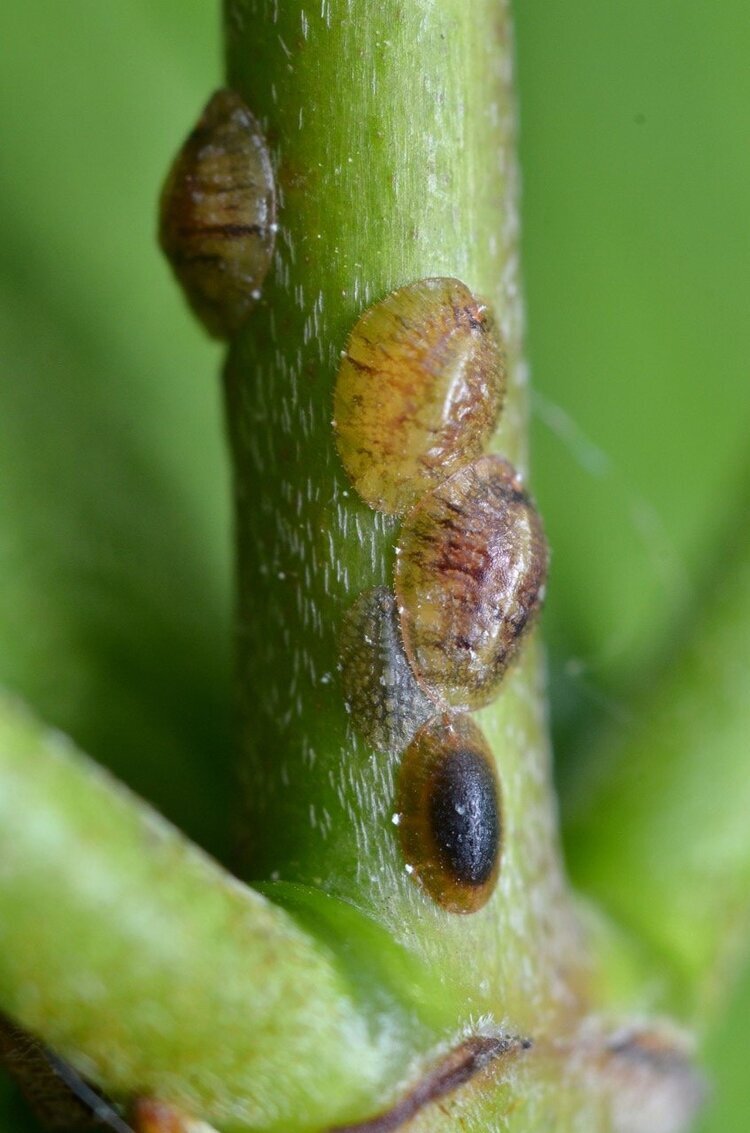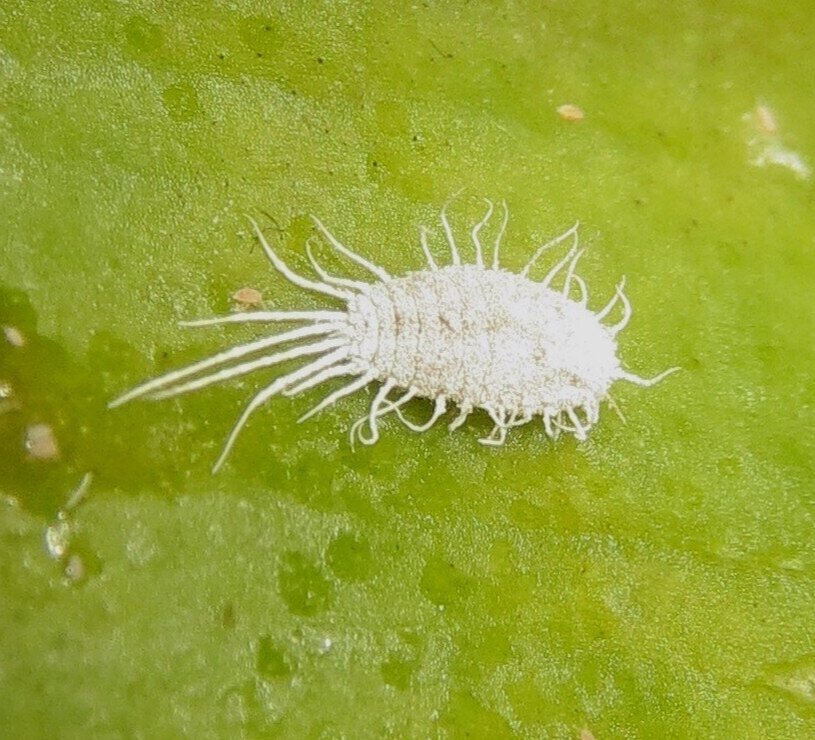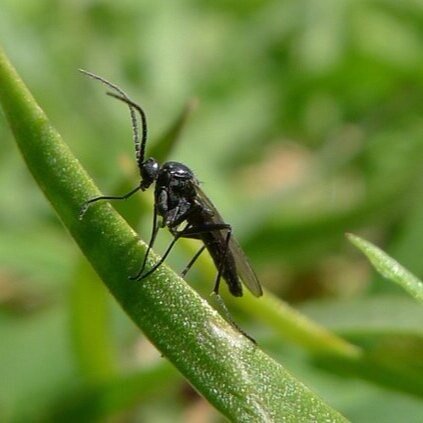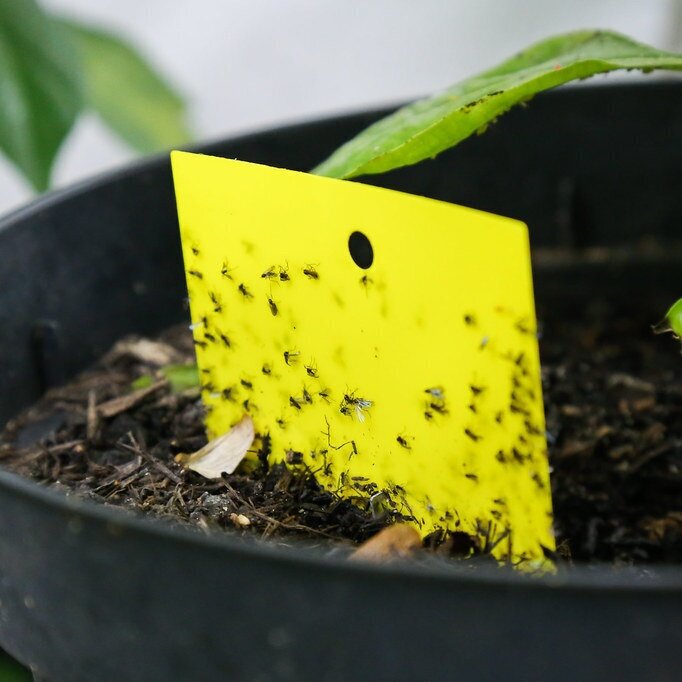March garden tips
Brachyscome diversifolia
Planting
Despite Spring time evoking thoughts of gardens full of bloom and fresh new growth, Autumn is actually the best time to plant out. The soil temperature hasn’t dropped too much and soaking Autumn rains provide a much needed boost for the first few months of a plant’s life in your garden.
Given how dry and scorching hot our summers can be, planting in March or April gives plants an opportunity to settle in and establish some roots before soaring temperatures stress them out over the summer. This means a much greater chance of plant survival! Give your plants an added boost when planting them out by treating with diluted Seasol. This can help promote root growth and reduce the risk of transplant shock.
Compost
Given the abundance of fallen leaves about to coat our footpaths, roads and gardens, compost is an easy (and cheap) job to work on in the garden. You can collect fallen leaves in buckets or wheelbarrows and add directly to your compost.
A few things to keep in mind though…
If leaves look diseased put them straight in the rubbish bin. I know organic matter into landfill is best avoided but putting diseased plant material in your compost or green bin can further spread the disease.
Have a look at www.compostrevolution.com.au to see if your local council is subsidising compost bins in your area! If you live in a unit or apartment but still want to compost to reduce food waste- the green cone is a great option! As the food breaks down it disperses into the soil below the surface, negating the need to spread it on the garden.
Mulch
Mulching now is great for keeping on top of those pesky weeds that seem to thrive with cool season rains. Once you’ve composted fallen Autumn leaves they can be used as mulch too.
Be sure to compost leaves and bark chips before using as a mulch to prevent nitrogen drawdown. When organic matter decomposes it can pull nitrogen out of the soil, creating deficiencies in your plants.
Don’t put mulch directly up against plants- especially young plants. When mulching around a plant always leave 10-15cm clear around the base of the plant- this will help prevent the stem of the plant rotting. When applying mulch, 4-6cm is a good depth for weed prevention
Not only does mulch encourage soil moisture retention but also promotes life in the soil and provides habitat for wildlife like slaters and skinks.
Indoor plants
With March providing some respite from the silly season and busy summer period, it’s a great time to take care of those often neglected indoor plants. As dust accumulates on the surface of leaves, it literally suffocates plants by blocking the pores used for gas exchange (stomata). Dusty leaves also struggle to produce enough energy, as they cannot absorb as much light for photosynthesis.
With a damp cloth (just water) gently wipe the whole surface of the leaf whilst supporting the leaf from underneath with your other hand. This is especially effective for larger leaf types like Monstera deliciosa and Ficus elastica. This method can be quite difficult for ferns or fluffy, delicate leaf types. A good hose down outside (or in the shower) can help remove dust from these leaf types.
Taking a closer look at your indoor plants is also very important for the management of pests. Indoor plants can fall prey to a whole host of insect pests who find the warm, temperate environment of your home the perfect breeding ground. Be sure to check the underside of leaves and closer to the main leaf vein.
These are a few common pest insects that you might come across:
Scale insects
Looks like: Small smooth domes.
Can be quite rounded or almost flat against leaf. Vary from yellow to brown/black.
Treat it: These can often be wiped off leaves quite easily with a damp cloth. If scale insects are proving particularly stubborn, they can be gently scraped of with a paddlepop stick (or similar). Just be sure not to damage the surface of the leaf.
Mealy bugs
Looks like: Soft, white and fluffy. Like tiny clusters of cotton wool.
Treat it: These can often be wiped off leaves quite easily with a damp cloth. Particularly severe infestations can be treated with a horticultural oil. These can be purchased from a garden shop or you can make your own by mixing 1 teaspoon dishwashing liquid, 2 teaspoons vegetable oil and 1 litre of water in a spray bottle. Shake to mix well and spray on effected leaves. The dishwashing liquid acts as a surfactant and helps the oil stick to the leaf while the oil suffocates the pest insect.
Note: If using a horticultural oil outdoors in the garden, be careful not to spray beneficial insects like lady bugs, parasitic wasps or green lacewings.
Fungus gnats
Looks like: Tiny little flies flying around the soil surface. Especially when the soil is disturbed. They lay their eggs in soil and their larvae eat plant roots. However, you’re not likely to see the eggs or larvae. These are different to the tiny flies hanging around your compost or fruit bowl.
Treat it: There’s a whole host of home remedies out there to treat fungus gnats; from vinegar to red wine and even a hydrogen peroxide soil rinse. From personal experience- I have found the best solution is yellow sticky traps available from a garden centre. The adult flies are attracted to the yellow and get stuck. If your infestation is particularly bad it can help to replace all of the potting mix in your pots and wash your plant roots. However, this can be a very big job, it’s best to start with a yellow sticky trap.




